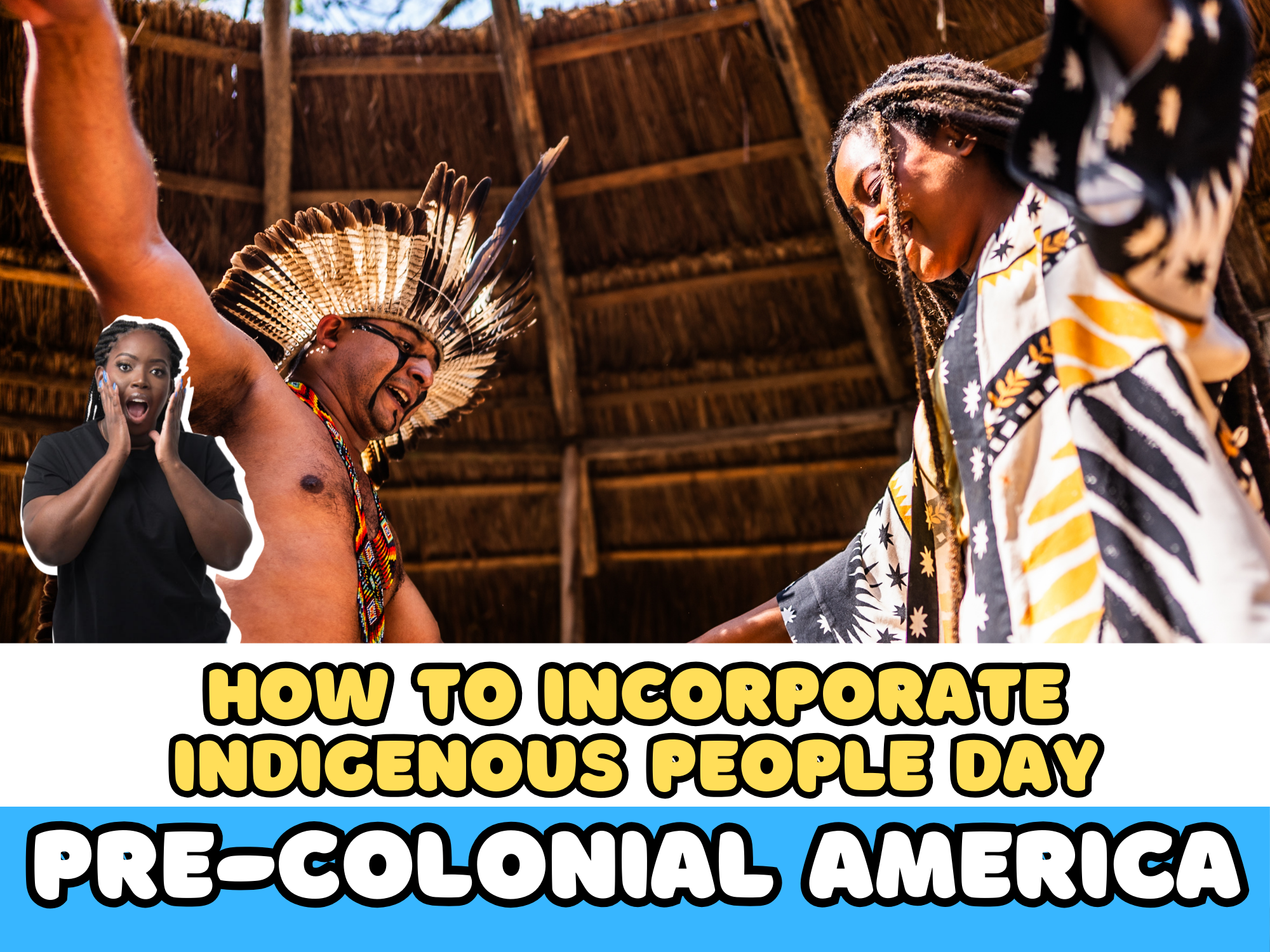How I Sequence My Unit on Indigenous Peoples Around Indigenous Peoples’ Day
One of my favorite things about teaching 7th grade social studies in the fall is how naturally the content aligns with Indigenous Peoples’ Day. By the time the holiday rolls around, my students are already knee-deep in learning about the early history of the Americas, and the timing allows us to explore Indigenous cultures in both an academic and culturally responsive way.
A 6-Lesson Mini Unit on Migration Theories
We kick off the year with a 6-lesson mini unit on the theories of human migration into the Americas. This sets the foundation for everything that follows.
In this mini unit, students explore:
The Bering Land Bridge Theory – the most widely accepted theory, which suggests that early humans migrated from Asia to North America via a land bridge exposed during the Ice Age.
The Coastal Migration Theory – the idea that people traveled by boat along the Pacific coast, settling in various areas as they moved southward.
The Solutrean Hypothesis – a more controversial theory suggesting that early Europeans may have crossed the Atlantic and settled in North America.
Students use maps, informational texts, and even simulation activities to compare these theories. They evaluate the evidence and limitations of each, helping them build critical thinking skills while learning about human movement and environmental change.
A 5-Day Mini-Unit on Geography & Pre-Colonial Cultures
After students have a solid understanding of how the Americas were first populated, we shift gears into a 5-day mini-unit on the geography and cultures of Pre-Colonial North America.
This part of the unit focuses on:
How geography and climate shaped the development of diverse Indigenous cultures.
The adaptations and innovations different groups made to survive and thrive in their environments.
Regional differences in architecture, food, clothing, and social structures.
The idea that Indigenous cultures were dynamic, complex, and interconnected long before European arrival.
We explore the Northeast Woodlands, Great Plains, Southwest, Pacific Northwest, and Southeastern tribes, tying their environmental adaptations directly to their geography.
Why This Sequence Works So Well
This sequencing allows students to:
Understand how people arrived in the Americas
Explore how cultures developed differently based on environment
Build empathy, appreciation, and respect for Indigenous innovations and resilience
Prepare for deeper conversations during Indigenous Peoples’ Day and beyond
By planning ahead and sequencing intentionally, I can ensure that the holiday is not an afterthought but an integrated part of our learning journey.
📥 Want a free unit plan to help you plan your own Pre-Colonial Americas mini unit? Subscribe to my mailing list and get instant access to resources that make planning purposeful and easy.


